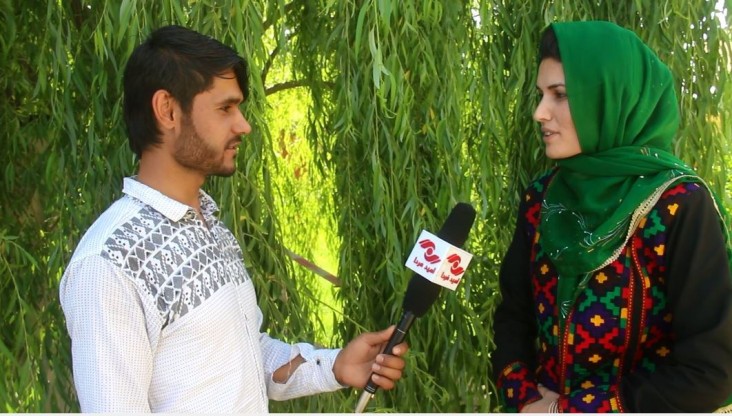Speeches Shim

The phenomenal progress of the media in Afghanistan is one of the most substantial achievements since the end of the Taliban era. In 2001, there were almost no print or broadcast outlets. Now, Afghanistan has hundreds of newspapers, television channels, radio stations, and web-based media outlets.
USAID’s Rasana program supports the Afghan independent media sector to provide reliable and balanced information to citizens across the country. The program achieves this goal through four program areas: (1) support and training for women journalists; (2) investigative journalism initiatives; (3) advocacy and training for the protection of journalists; and (4) expanding the outreach of media through small grants for content production in underserved areas.
Omed-e-Farda is one of six recipients of the Rasana small grant program funded by USAID. The radio produces a series of programs advocating women’s rights and women’s participation in all spheres of public life.
“It is a great achievement of the media in Afghanistan where women and girls are cutting tribal boundaries, stepping forward to explore new ideas, finding practical solutions to their problems, and using media to find markets for their products and handicrafts,” said Wahid, the manager of Omed-e-Farda Radio and Television in Takhar province.
Media outlets in the provinces of Afghanistan have the potential to bring about far-reaching social change among local communities, but opportunities to expand their programing and develop their capacity are few. While stations have been able to build strong operations in many areas, commercial models are difficult to sustain in the Afghan rural economy. Despite the challenges, they continue to play a crucial role, especially as advocates for the advancement of women. In the words of a local resident, “These programs are helping to change the mindset of the people and will lead to a brighter future for the women of Takhar”.

Comment
Make a general inquiry or suggest an improvement.